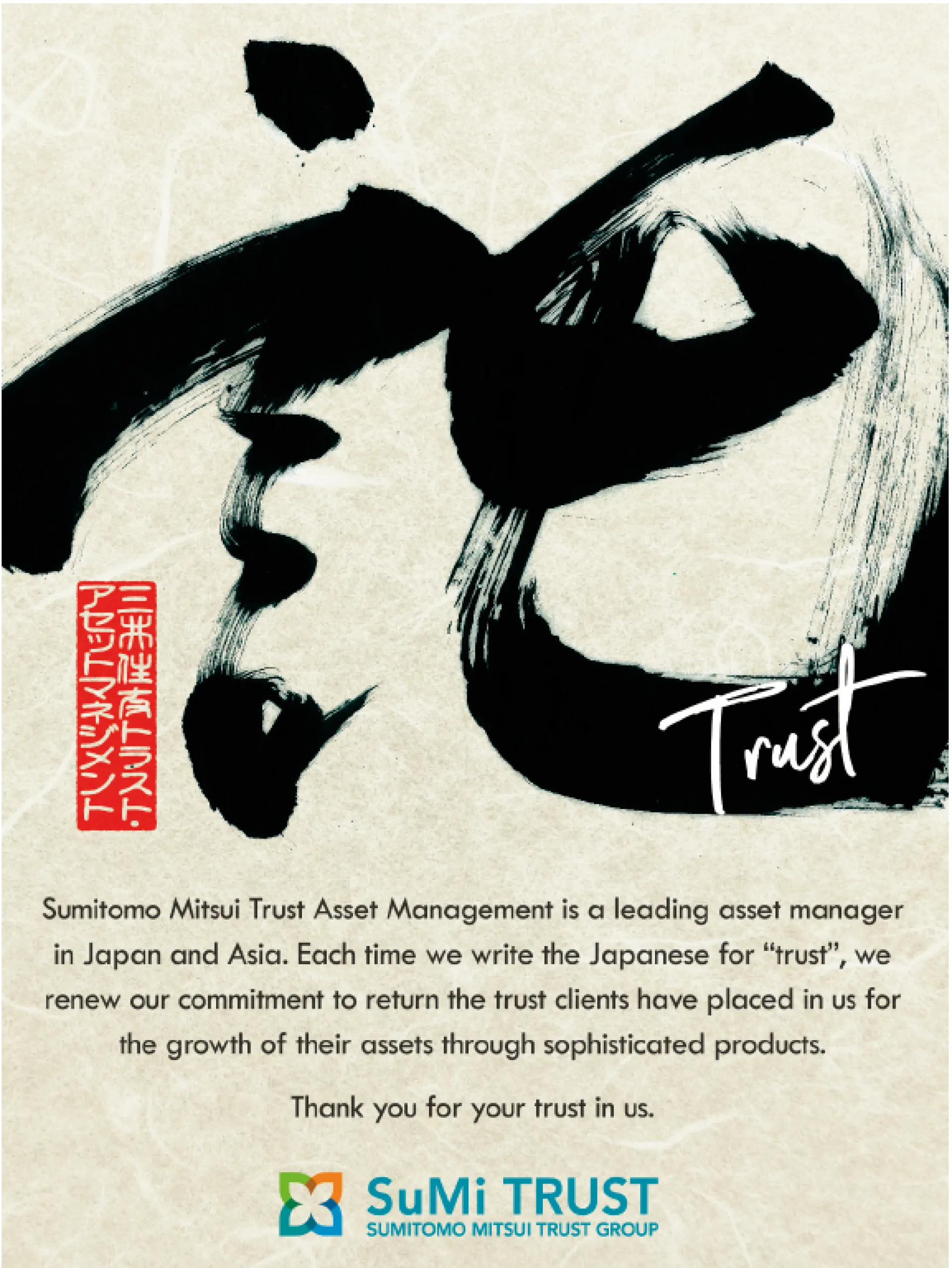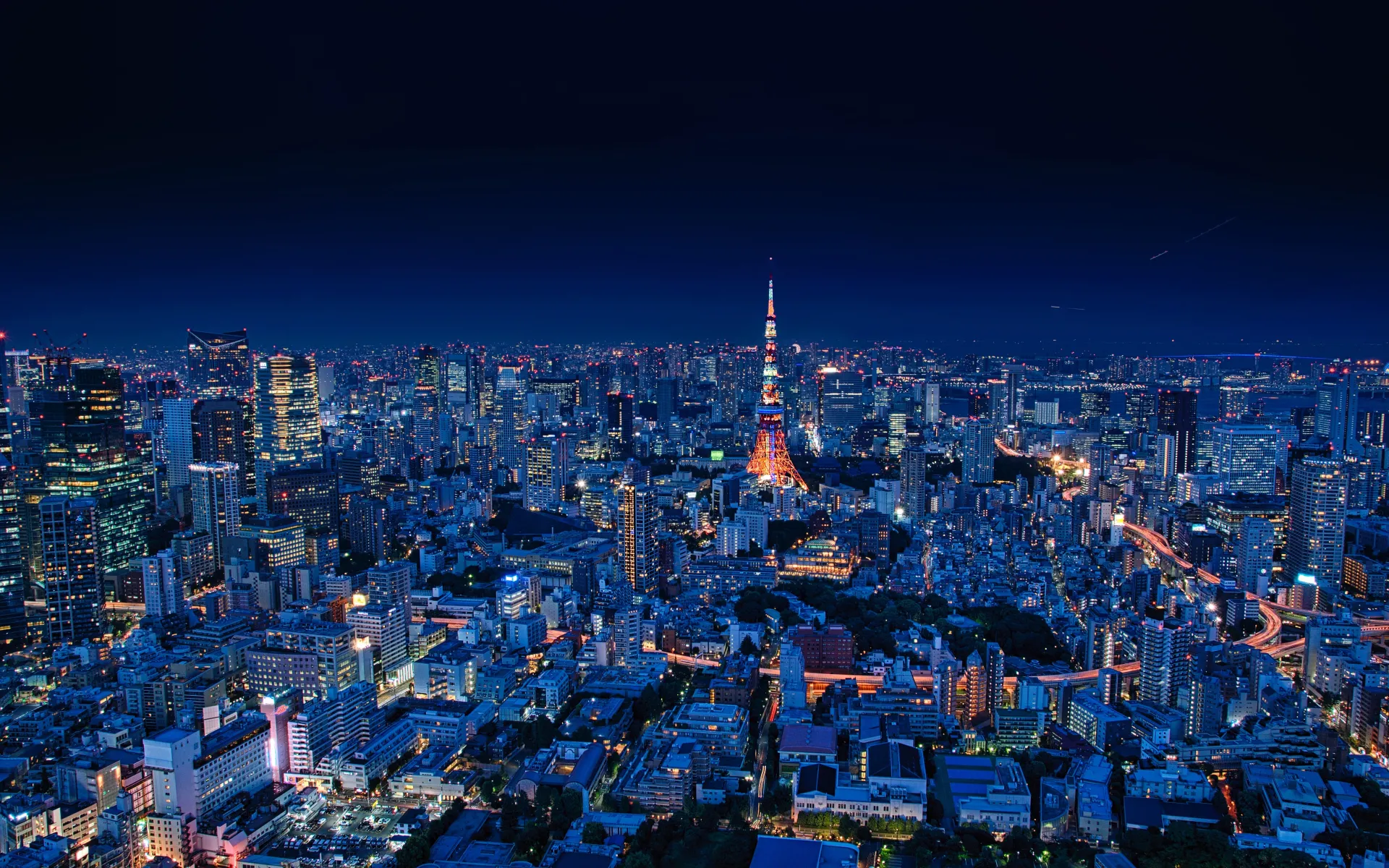“The best word to define the Japanese real estate market is healthy,” says Junichi Yoshida, President of Mitsubishi Estate – one of the largest real-estate developers in Japan. “While the upcoming 2020 Olympic Games have created a positive wave and boosted investor confidence, the stable macro-economic outlook of Japan combined with the positive financial results of its private sector has created an appropriate platform for real estate to flourish. The effects of such a favorable situation have been felt across various real estate segments.” Of all the countries in the Asia- Pacific region, Japan is the only one with zero restrictions on foreign property ownership – discounting a collection of historically protected locations and structures – meaning the country continues to be the region’s largest real-estate property investment market. What’s more, with a fully documented business climate that is rooted in legal recourse, Japan also remains at the top of the podium for non-speculative, high-yield-rental-income oriented investors worldwide. Throughout 2018, institutional investors from Europe and North America maintained their purchasing activity in Japan, with assets offering better returns when comparing rental rates over the cost of borrowing. The Japanese market has also seen more diversified investment regardless of size, an option particularly attractive to U.S. investors due to the favorable exchange rate and uncertainty surrounding interest rate hikes back in the States. All in all, inbound investment from the U.S. into Japan totaled $4.2 billion in 2018, with more of the same expected in 2019. However, the rapid growth being experienced by the Japanese real estate industry has not been entirely without its critics. In 2018, the Japanese media argued that there would be an oversupply of offices due to the amount of new facilities expected between 2019 and 2021, a claim that was largely refuted by real estate firms.
So what would experts within the industry say on the matter?
“To answer this question, we must look at the fundamentals,” says Yoshio Hishida, President and CEO of Sumitomo Mitsui Trust Asset Management, a privately owned investment manager that specializes in mutual funds. “Driven by the rise of telecommunication companies, Tokyo’s working population is expected to increase by 100,000 individuals every year. This growth is laying a solid foundation for demand to increase, and according to our estimates, the population of Tokyo’s 23 wards will reach its peak in 2030.”
Demand for office facilities will therefore develop adjacently to Tokyo’s demographic growth, suggests Mr. Hishida, which is mainly triggered by office workers.
“Judging by these numbers, it is difficult to imagine that demand for offices will collapse after the Olympics,” he stresses. “Consequently, we believe that these criticisms are the result of a lack of information.”
The Mitsubishi Estate president, Mr. Yoshida, equally supports this view of the market.
“Certain observers reached such a conclusion because they analyzed new building projects, largely disregarding the increase in corporate earnings and the spike in demand. As a matter of fact, the vacancy rate currently stands just below two per cent,” says Mr. Yoshida, whose firm has the most valuable portfolio in the Japanese real estate industry, with a total value of approximately 7.4 trillion yen ($67 billion), much of which is located in the Marunouchi district of Tokyo.
“This high occupancy rate has caused rent to increase, effectively worrying the mass media and certain real estate actors. Nevertheless, we expect supply and demand to grow steady without imbalance. While office supply in the 23 wards of Tokyo will increase in 2018 and 2020, the average supply over a five-year period is predicted to be almost the same as in the past. The numbers show that the market is stable.”
Further proof of the market’s strength are land prices in Tokyo, Osaka and Nagoya, which have risen five consecutive years for residential properties and six consecutive years for commercial properties. And this upward trend is expected to continue.
And so, what of the expected impact of the Olympic Games post 2020? If past events are anything to go by, then statistics point to prolonged demand and investment in real estate during the years after the competition. For example, since London hosted the Olympic Games in July 2012, residential property prices have gained +47.7 percent.
“Beyond the 2020 Olympics, we expect Tokyo’s labor force to pursue its upward trend due to larger employment opportunities for those intellectual professions,” says Mr. Hishida, whose SMTAM recently integrated the investment managment function of Sumitomo Mitsui Trust Bank, cementing its status as one of the largest fiduciaries in Asia, and one of Japan’s best real estate investment trusts (J-REITs).
Mr. Hishida adds that the infrastructure projects associated with Tokyo should also contribute to wider economic and socials benefits.
“Ahead of the 2020 Tokyo Olympics, transportation infrastructure has been streamlined with the goal to further transform Tokyo into a sophisticated metropolis,” he says. “In terms of railway projects, the openings of the Metro Subway’s Toranomon- Hills Station and of JR’s Takanawa Gateway Station will further enhance the connections between Tokyo’s 23 wards.
“When observing the effects of former Olympic Games on other cities, one can observe the rise in prices before, during, and after the event,” continues Mr. Hishida. “In comparison however, overseas countries have limitations as to foreign investors holding real estate assets – restrictions that Japan does not have, which further increases its attractiveness. Furthermore, as the Tokyo Global Financial City Vision continues its development, it will increase the job opportunities present in the Tokyo area for both local and foreign workers. Naturally, demand for properties will remain strong.”

